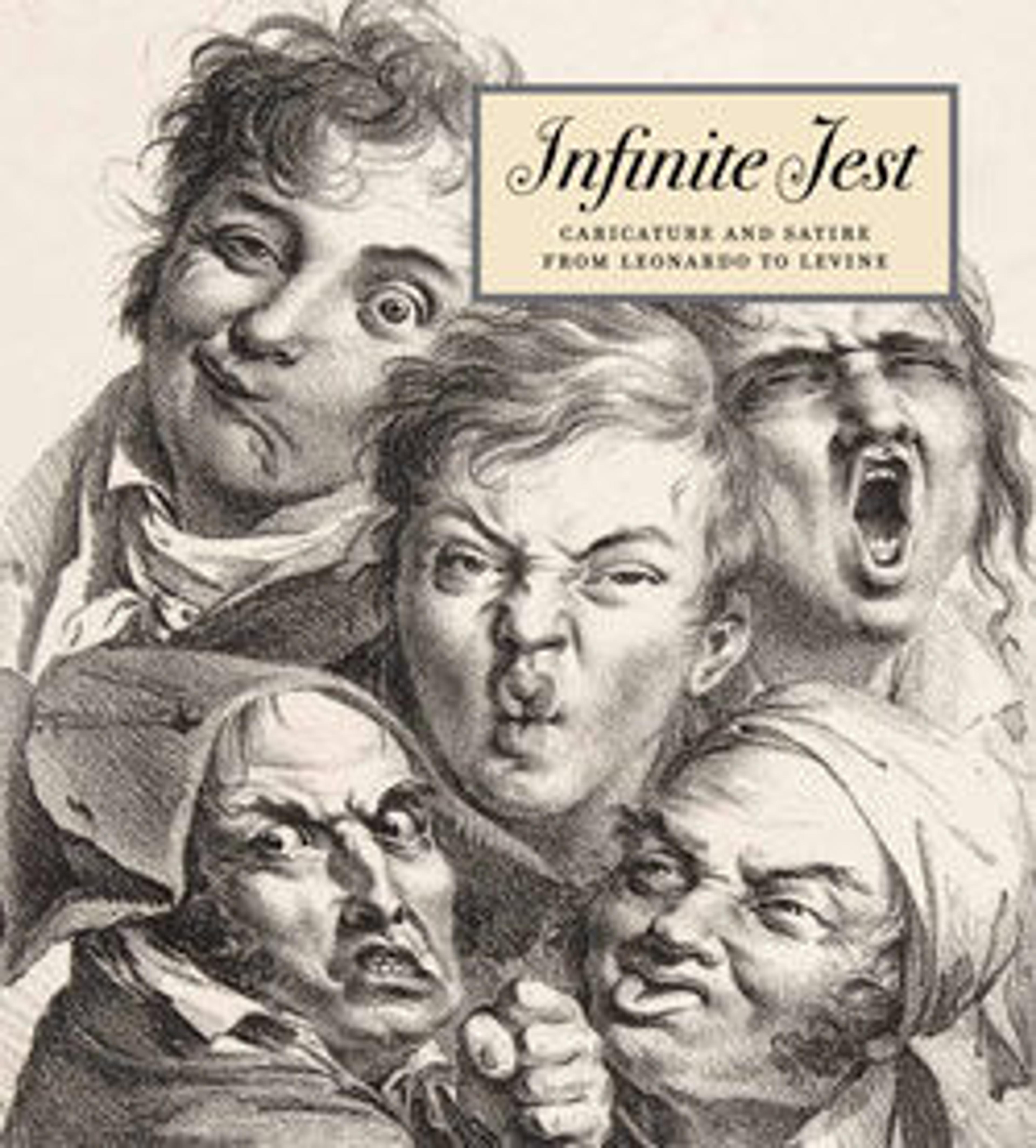Les Invisibles (The Invisible Ones)
This caricature, focused on languid, hyper elegant French ladies and gentlemen, belongs to a type established in Paris by the publisher Aaron Martinet. His series Le Suprême Bon Ton (The Highest Good Taste, ca. 1798-1802) satirized French dress and manners under the Emperor Napoleon and, when the Peace of Amiens briefly opened cross-Channel travel, the images proved popular in Britain. After hostilities resumed in 1803, British printmakers created variations such as this Irish print based on a Gillray design. Impractical hat styles are the focus, specifically poke bonnets for women, with long tunnel-like visors that became modish around 1810. The exaggerated versions here force the wearers to rely on male escorts to walk, although the men’s own high collars and large hats turn them into unreliable guides.
Artwork Details
- Title:Les Invisibles (The Invisible Ones)
- Artist:William Brocas (Irish, ca. 1794–1868)
- Artist:After James Gillray (British, London 1756–1815 London)
- Publisher:J. Sidebotham (British, active London and Dublin 1802–20)
- Date:1810
- Medium:Hand-colored etching with roulette
- Dimensions:Sheet: 9 5/16 x 12 7/8 in. (23.6 x 32.7 cm)
- Classification:Prints
- Credit Line:Purchase, Harry G. Friedman Bequest, 1967
- Object Number:67.539.60
- Curatorial Department: Drawings and Prints
More Artwork
Research Resources
The Met provides unparalleled resources for research and welcomes an international community of students and scholars. The Met's Open Access API is where creators and researchers can connect to the The Met collection. Open Access data and public domain images are available for unrestricted commercial and noncommercial use without permission or fee.
To request images under copyright and other restrictions, please use this Image Request form.
Feedback
We continue to research and examine historical and cultural context for objects in The Met collection. If you have comments or questions about this object record, please contact us using the form below. The Museum looks forward to receiving your comments.
